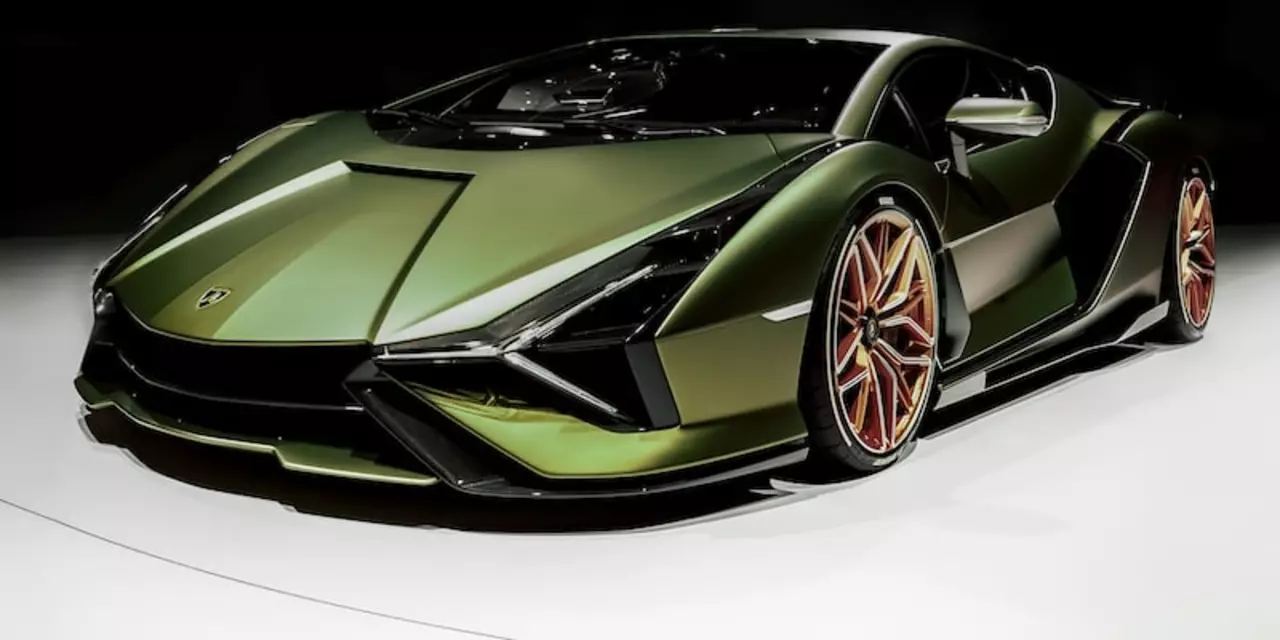Hypercars are some of the most powerful, expensive, and exclusive cars on the market. Many people have wondered why they are not common sights in motor racing.
The truth is that there are a number of factors that have kept hypercars out of the racing circuit. First, the cost of a hypercar is too high for most race teams. Hypercars require expensive parts, customizations, and maintenance that drive the cost up. Race teams simply do not have the funds to purchase and maintain a hypercar.
Second, hypercars are typically too powerful for most race tracks. Many tracks are not built to handle the tremendous power that these cars produce. This can lead to safety issues, as the cars can become uncontrollable on the track. As a result, race teams are reluctant to use hypercars for fear of injury or damage.
Finally, hypercars are not as reliable as other race cars. The parts and customizations used to build them are often expensive and delicate. This can lead to frequent breakdowns and delays during races, which can ruin the experience for both drivers and spectators.
All of these factors have contributed to why hypercars are not commonly used in motor racing. While they may be exciting to watch, race teams simply cannot afford the cost and risk involved.
Hypercars are the pinnacle of automotive engineering, combining the highest levels of performance, luxury, and technology. They’re the most advanced cars on the market, and many people dream of owning one. Surprisingly, however, they’re rarely seen in motor racing. So why are hypercars not in motor racing?
The answer lies in the complexity of the vehicles themselves. Hypercars are expensive to design, build, and maintain and they require a level of technical expertise that many racing teams don’t possess. Plus, they’re extremely specialized and have limited production runs. This means that there are often few cars available for racing teams to compete with. Additionally, the costs associated with racing hypercars can be prohibitively expensive for many teams.
The other challenge when it comes to racing hypercars is that they’re often not built with racing in mind. While they may be capable of incredible speeds and performance, they’re often not built with the same reliability and durability that’s expected from race cars. This means that racing them could cause more problems than it solves for teams.
Finally, there’s the challenge of hypercar regulations. Many hypercars are designed to be street legal, and this means that they’re subject to certain regulations that may not be compatible with motor racing. This can make it difficult for teams to compete with them, as they may be unable to install certain modifications to their cars that would be necessary to make them competitive.
Ultimately, racing hypercars is a complex and expensive endeavor. While they may be capable of incredible speeds and performance, there are a variety of challenges that make them difficult to race. From their expense and complexity to their limited production runs and regulations, the obstacles to racing them can make it difficult for teams to participate in motor racing.
